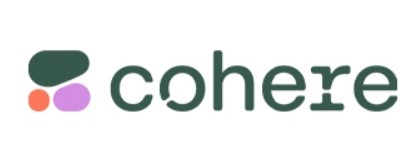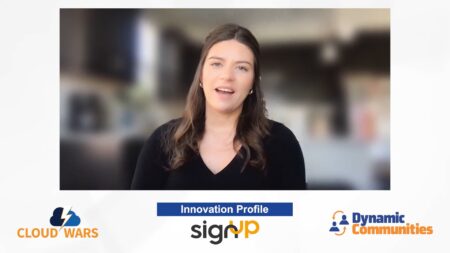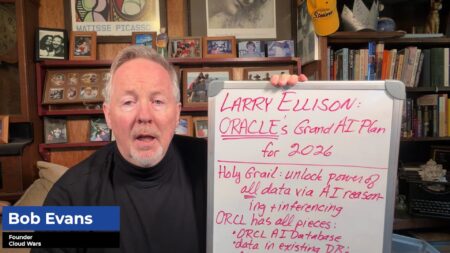Welcome to the AI Ecosystem Report, featuring practitioner analyst and entrepreneur Toni Witt. This series is intended to deliver the timely intelligence about artificial intelligence (AI) you need to get up to speed for an upcoming client engagement or board meeting.

Highlights
Innovation (00:44)

Meta and Mistral AI have released new ultra large language models, the largest models coming from both of these companies to date.
Meta announced Llama 3.1 405B, an open-source model with 405 billion parameters. This model was trained with over 16,000 NVIDIA H100 GPUs on a dataset with over 15 trillion tokens and fine-tuned on synthetic data. The training data was dated up to 2024. Initial testing demonstrates that it performs better on many benchmarks compared to GPT-4 and other ultra large models.
Meta claims the Llama models have been downloaded over 300 million times by developers thus far. The company is spending millions on lobbying regulators to have a preference for Llama models in regulatory and public sector use cases.
Mistral AI released its largest model to date: Mistral Large 2. This model is not open source; it requires a paid license. It has 123 billion parameters. The company describes it as being “significantly more capable in code generation, mathematics, and reasoning.” Because it was trained in multilingual data, the model is language-diverse, supporting dozens of languages.
Funding (04:34)

Cohere raised $500 million from investors including Cisco, NVIDIA, Salesforce Ventures, and more. This brings the company to a $5.5 billion valuation. As the company is focused on enabling large businesses, this funding will accelerate Cohere’s path to helping enterprise customers build AI-powered features.
Solution of the Week (07:50)
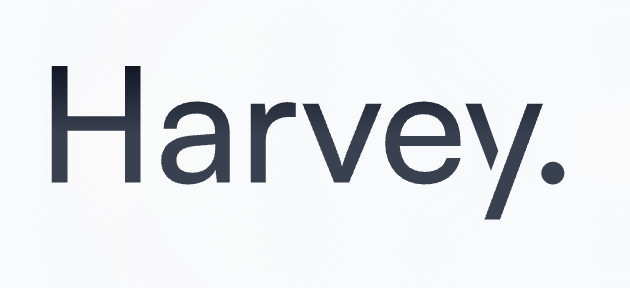
Harvey is building a copilot for lawyers. It raised $100 million in a Series C round of funding led by Google Ventures. This brings the company’s valuation to $500 million.
With lawyers having many writing and communication responsibilities, large language models can come in handy. Harvey helps legal professionals rewrite clauses and draft contracts. It can extract information and meanings from cases, past trials, and legal documents. It can also draft legal documents that include data from various sources.
Harvey is powered by OpenAI’s GPT-4 family of models. The company has reported already having thousands of lawyers using this tool. When it comes to using AI for legal settings and use cases, there can be challenges with the trust factor. But Harvey is moving forward with that in mind and seems to be heading in the right direction.
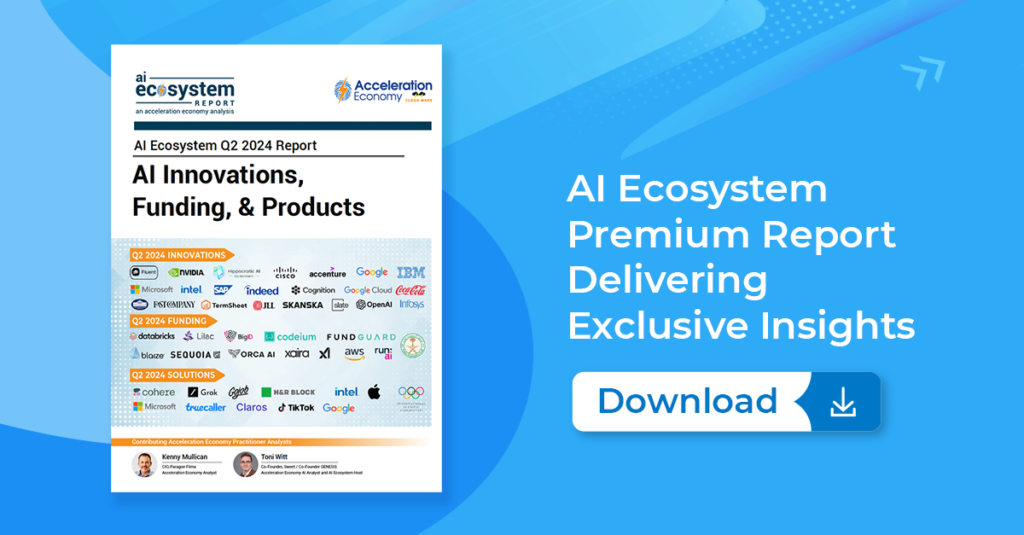
The AI Ecosystem Q2 2024 Report compiles the innovations, funding, and products highlighted in AI Ecosystem Reports from the second quarter of 2024. Download now for perspectives on the companies, innovations, and solutions shaping the future of AI.




